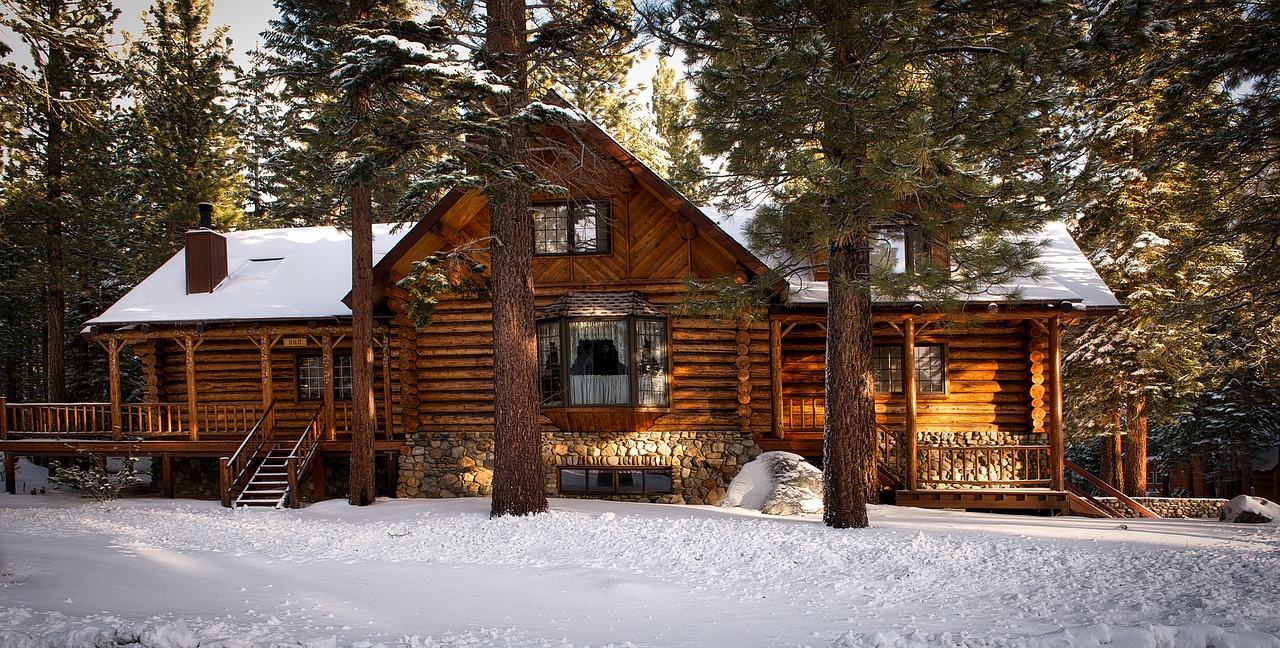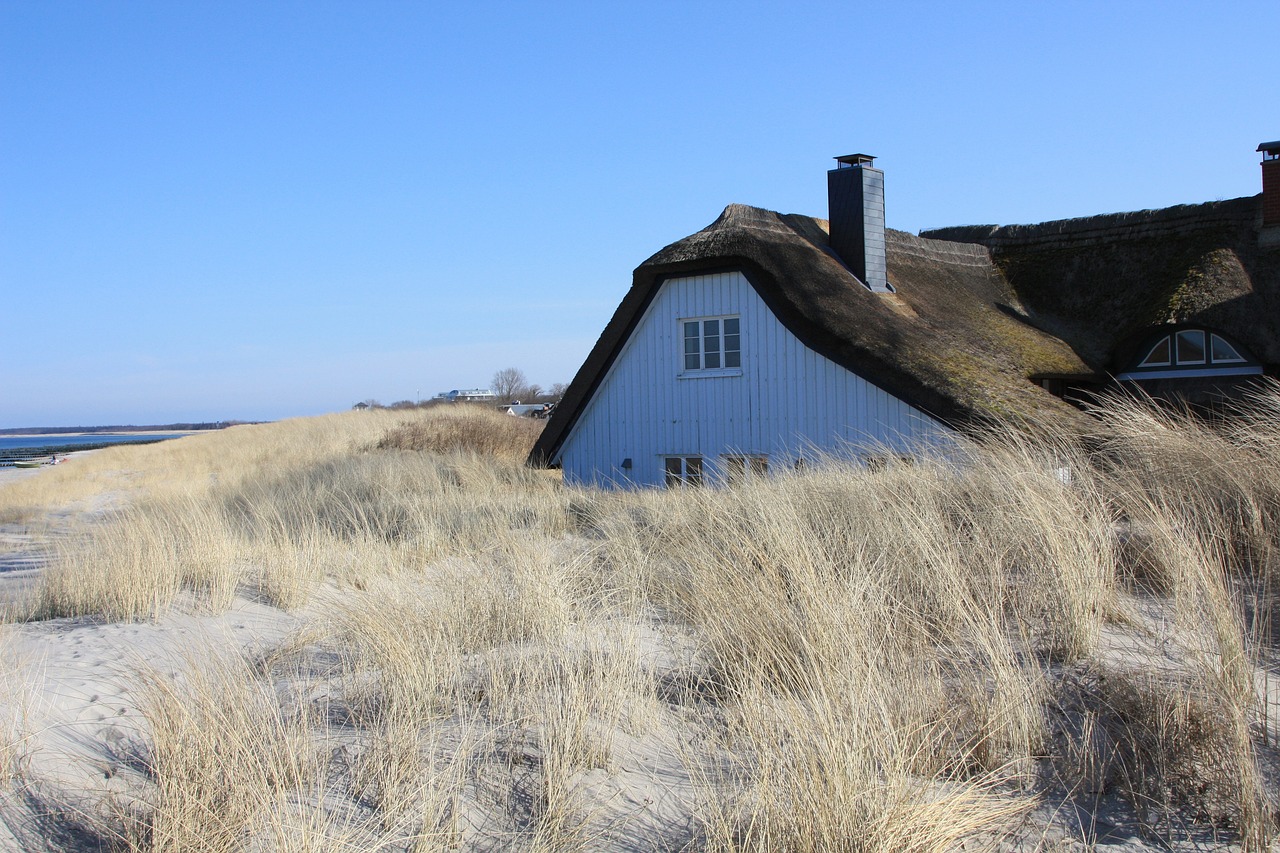10. Building and construction
| Website: | Hamburg Open Online University |
| Kurs: | Process engineering for the bioeconomy |
| Buch: | 10. Building and construction |
| Gedruckt von: | Gast |
| Datum: | Dienstag, 9. Dezember 2025, 07:37 |
Beschreibung
Learn about alternative, environmentally friendly construction materials.
10. Building and construction
According to a United Nations study, the construction of buildings and the production of building materials accounted for around 9% of global greenhouse gas emissions in 2021; this corresponds to a total of around 3.5 Gt CO₂ (UN 2022). A large proportion of these emissions can be attributed to construction materials that are particularly energy-intensive to produce. Examples of this are steel, aluminum and concrete, whereby the greenhouse gas emissions from concrete are largely not due to its energy-intensive production, but to the process of deacidifying the clinker and the CO₂ released in the process.
Substituting these materials with renewable raw materials therefore offers an important starting point for reducing greenhouse gas emissions in the construction sector. Wood and wood composites in particular are mentioned in this context.
10.1 Wood as a building material of the future

Today's motivation for using wood as a building material is fundamentally different from that of our ancestors. Thanks to a variety of alternative building materials, we are no longer exclusively reliant on the use of natural building materials, but wood offers some important advantages that speak in favor of its increased use today:
- In the face of climate change, the substitution of CO2-intensive building materials with wood, which can lead to a reduction in greenhouse gas emissions, is desirable.
- Furthermore, wood as a building material can represent a carbon storage option. As already explained in Chapter 2, in plants the gaseous CO2 from the atmosphere is converted into solid molecules (e.g. carbohydrates) through the process of photosynthesis, which form the basic building blocks of the macromolecules cellulose, hemicellulose and lignin, the main components of lignocellulosic plants. By using these molecules in the form of wood as a building material, the carbon remains bound for the life of the building. In combination with sustainable forestry, a CO2 sink can be realized.
- In contrast to mineral building materials, wood is a lightweight building material. This offers ecological and economic savings, particularly with regard to transportation costs.
- In addition, wood has a lower thermal conductivity than conventional building materials such as steel or concrete, which is a favorable characteristic, particularly with regard to thermal insulation and the energy required for heating and cooling.
- The wide range of applications for wood as a raw material offers the opportunity to reuse disused building material wood, also known as waste wood. The further use of waste wood by means of so-called cascade use is explained in more detail in chapter 10.3.
10.2 Possible applications for wood as a building material

When using wood as a building material, it is important to protect the wood from moisture. As wood is an organic material, it can be decomposed by fungi and microorganisms if exposed to moisture for long periods, which leads to the destruction of the structure and thus to a loss of load-bearing capacity. Therefore, when using wood in construction, care must be taken during the planning and construction stages to ensure that it is protected from weather and living-related moisture (e.g. in the bathroom) by means of structural measures. The use of chemical agents to protect wood from moisture and pests (e.g. Xyladecor), which was very popular in the last century, is largely avoided nowadays due to the environmentally harmful and unhealthy properties of these substances.
To see and experience a modern solid timber house up close, all you need to do in Hamburg is take the S-Bahn to Wilhelmsburg. A 5-storey solid timber residential building, the so-called WOODCUBE, was erected there in 2013 as part of the International Building Exhibition IBA Hamburg. This building demonstrates how modern construction and living can work with sustainable raw materials.
10.3 Cascade utilization of wood
If the waste wood is of good quality, it should first be processed into solid wood. Examples of this are furniture, flooring or wall paneling made from reclaimed wood. Visually appealing effects can be created if, for example, old beams are processed into a new beamed ceiling or tables.
The final material use of waste wood is the production of chemical products. The substances lignin, cellulose and hemicellulose (the main components of wood) can be the starting materials for a variety of products. Processing can take place in a biorefinery plant; one such biorefinery plant is operated by the Fraunhofer Center for Chemical-Biotechnological Processes (CBP) in Leuna, for example. A short presentation of this plant can be seen in the following video
10.4 Other building materials made from renewable raw materials
